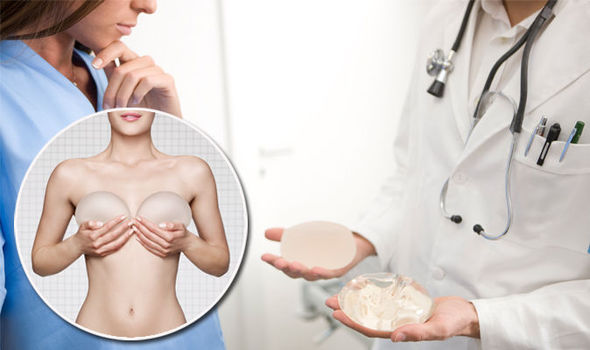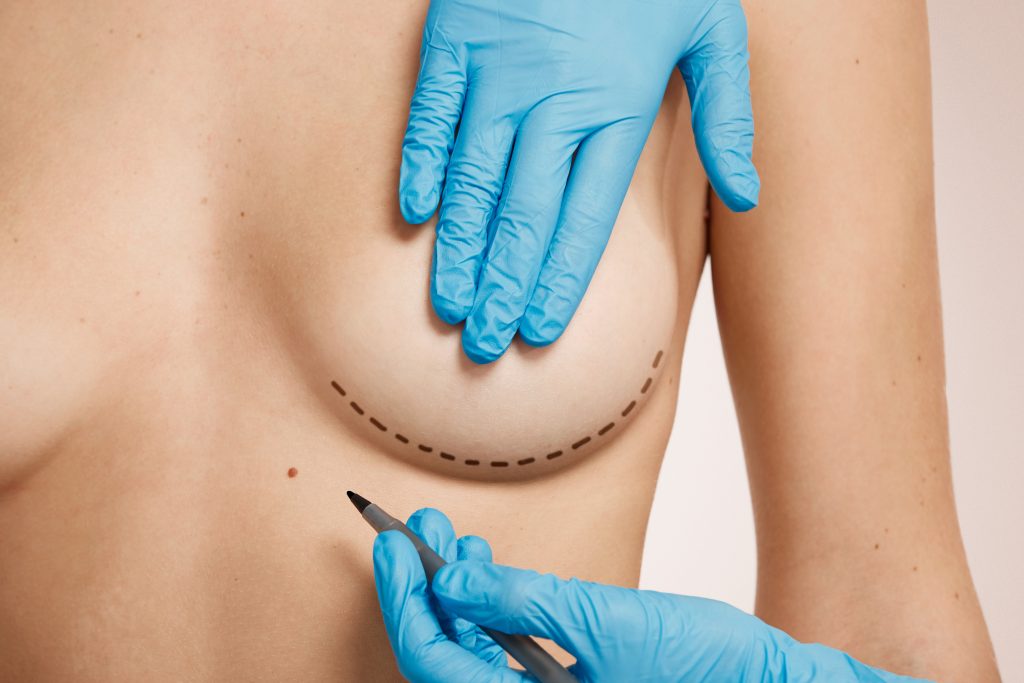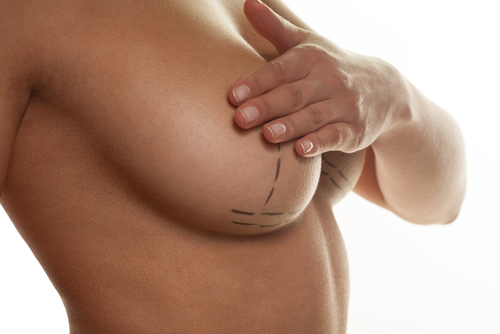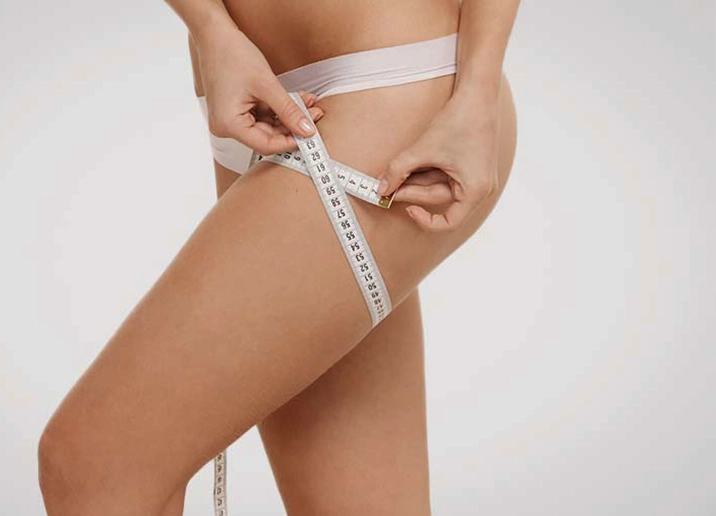Breast implants rippling is a concern for many considering augmentation. This phenomenon, where the surface of the implant becomes wrinkled or wavy, can affect both the appearance and feel of breast implants. It’s crucial to understand the factors that contribute to rippling, such as implant type and placement, body composition, and surgical technique. Awareness and knowledge about this potential issue are essential for those contemplating breast enhancement procedures. By choosing experienced surgeons and discussing options thoroughly, patients can minimize their risk of experiencing rippling post-surgery.
Understanding Implant Rippling
Definition
Implant rippling refers to the visible and often palpable wrinkles or folds that can occur with breast implants. This phenomenon arises when the implant’s surface becomes noticeable through the skin.
Rippling is more common in certain types of implants. For instance, saline implants have a higher risk compared to silicone ones. The reason lies in their content and shell structure. Silicone gel tends to mimic human fat more closely, reducing visibility.
Common Areas
The areas most affected by rippling are those with less tissue coverage. These include the sides and bottom of the breasts.
Women with thinner skin or less breast tissue naturally are at a higher risk. The upper pole of the breast, however, rarely shows rippling due to better muscle coverage.
Impact on Appearance
Rippling can significantly alter both appearance and texture of augmented breasts. Visually, it may create an uneven surface on the skin above the implant.
This issue affects not just aesthetics but also how natural the breasts feel to touch. Patients report dissatisfaction mainly because it detracts from a smooth, contoured look they desired.
Breast Implant Rippling Causes Explained
Thin Skin
Thin skin or low body fat can make breast implant rippling more visible. This is because there’s less tissue to cover and smooth out the surface of the implant. People with thinner skin will often see these ripples more easily.
Breasts with insufficient natural coverage are prone to this issue. It’s a common reason behind the visibility of ripples post-surgery.
Implant Filling
Overfilled or underfilled implants can lead to an uneven surface on the breasts. This imbalance creates waves or ripples that are noticeable, especially in certain positions or clothing.
The right fill volume is crucial for a natural look. Too much or too little can cause complications like rippling.
Capsular Contracture
Capsular contracture refers to the hardening of the capsule around the implant. This complication distorts the shape of the breast, leading to visible rippling effects.
It not only affects appearance but can also be painful. The squeezing effect from capsular contracture forces ripples into view.
Understanding these causes helps patients and surgeons plan better for surgery and manage expectations regarding potential complications like rippling in breast implants.

Factors Affecting Breast Implant Rippling
Patient Anatomy
Breast implant rippling is more likely in patients with less natural breast tissue. Thin tissues make the ripples easier to see and feel. People with larger frames may have more tissue, which helps hide the ripples.
Having a small amount of body fat can also contribute. More body fat means thicker tissues covering the implants. This makes rippling less noticeable.
Implant Features
The type of implant plays a big role in rippling risks. Saline implants are more prone to this issue than silicone ones. They’re filled after placement, which can lead to uneven surfaces.
The volume of the implant matters too. Overfilled or underfilled saline implants are especially at risk for rippling.
Surgical Technique
How and where the surgeon places the implant affects rippling chances. Implants placed under muscle have lower visibility of ripples compared to those placed over it.
Accurate placement ensures even distribution and minimizes irregularities on the surface.
-
Proper surgical technique reduces complications.
-
Precise positioning can help avoid tension that causes visible ripples.
Saline vs. Silicone Implants for Rippling Prevention
Saline Implants
Saline implants are more prone to rippling. This is because they’re filled with saltwater after placement, allowing some room for movement. Their outer shell can fold or wrinkle, leading to visible ripples under the skin.
Patients often choose saline for their lower cost and simpler surgery process. However, the risk of rippling can be a downside. Especially in those with less breast tissue, rippling is more noticeable.
Silicone Implants
Silicone implants offer a more natural feel and appearance. They are pre-filled with a thick gel that mimics human fat closely. This reduces the chance of implant edges being felt through the skin.
Moreover, silicone’s cohesive nature minimizes rippling significantly compared to saline solutions. Patients seeking a softer touch and smoother outline tend to prefer silicone implants despite their higher price point.
Cohesive Gel Advantage
Cohesive gel silicone implants take things a step further in preventing rippling. Their consistency helps them maintain shape even under pressure. This means even less likelihood of folding or wrinkling than standard silicone options.
These implants come closest to replicating natural breast tissue’s look and feel. They’re particularly recommended for thin-skinned patients or those lacking significant natural breast tissue.
Implant Placement and Its Role in Rippling
Submuscular Benefits
Submuscular placement of breast implants has shown to significantly reduce the visibility of implant rippling. By positioning the implant beneath the muscle, there is more tissue between the skin and the implant. This arrangement helps in masking any irregularities or ripples that may form on the surface of the implant.
The influence of muscle coverage extends beyond just aesthetic benefits. It also contributes to a more natural appearance and feel, as well as increased stability of the implant over time. The added layer can prevent shifting, ensuring that implants maintain their intended position longer.
Placement Risks
While submuscular placement offers advantages in reducing rippling, it’s not without its risks. Understanding these potential issues is crucial for anyone considering this option.
-
Muscle movement can impact stability.
-
Surgical recovery might be longer compared to subglandular options.
-
There could be a slight change in how natural movements look or feel due to muscle involvement.
Conversely, subglandular placement—where implants are positioned above the muscle but beneath breast tissue—presents a higher risk for visible rippling, especially along the inferolateral aspect where less tissue covers the implant. This method might result in an aesthetically pleasing outcome initially but can lead to dissatisfaction due to increased visibility of rippling over time.
Preventing Breast Implant Rippling
Right Surgeon
Choosing the right surgeon is crucial. Discuss your expectations openly. This ensures you’re on the same page.
A skilled surgeon understands different body types. They recommend the best options for you. Experience and expertise reduce rippling risks.
Implant Choices
Selecting the appropriate implant size and material matters a lot. Your body type influences this decision significantly.
-
Silicone implants tend to ripple less than saline ones.
-
Smaller implants have fewer rippling issues compared to larger sizes.
Making informed choices helps in minimizing complications later on.
Regular Follow-ups
Regular follow-ups are essential for early detection of rippling. If problems arise, they can be managed promptly.
During these visits, your surgeon checks for any signs of rippling or other issues. Early intervention often leads to better outcomes.
Corrective Procedures for Visible Rippling
Surgical Options
Implant exchange, fat grafting, and revision surgery are viable options. Each method addresses the surface problem differently.
Implant exchange involves replacing the current implants with ones less likely to ripple. This option might be suitable for those experiencing significant rippling issues. Fat grafting adds a layer of natural body fat around the implant, providing more coverage and reducing visibility of wrinkles. Revision surgery may adjust the position or pocket of the implant to reduce tension on the skin.
ADM Use
Acellular dermal matrix (ADM) products offer additional coverage over implants. They act as a supportive layer.
Using ADM can significantly diminish rippling by creating a thicker barrier between the breast tissue and implant surface. It’s especially effective in treating problems in the upper pole, where skin is thinner and more prone to showing imperfections.
Non-Surgical Approaches
For minor rippling, non-surgical methods can be an initial step before considering surgery.
Options include:
-
Adjusting lifestyle factors that might exacerbate rippling.
-
Using specific garments designed to minimize appearance.
These approaches aim to manage rather than fix rippling completely but can provide temporary relief for some individuals.
Recovery from Implant Rippling Surgery
Recovery Timeline
After corrective surgery for breast implants rippling, patients often wonder about the recovery timeline. Generally, recovery spans a few weeks. Initially, swelling and discomfort are common but gradually decrease.
Patients can typically return to work within one to two weeks. However, heavy lifting or strenuous activities should be avoided for up to six weeks. It’s crucial to follow the surgeon’s advice closely during this period.
Post-operative Care
Effective post-operative care is essential for minimizing complications after surgery to correct implant rippling. Patients are advised to wear a supportive garment that helps in reducing swelling and supports the healing skin and tissues.
Following the surgeon’s instructions on wound care is vital for preventing infection. Keeping hydrated and maintaining a healthy diet also play significant roles in recovery.
Expected Outcomes
Understanding what outcomes to expect helps set realistic goals post-surgery. Most patients observe a significant improvement in the appearance of their breasts as swelling subsides and the fascial flap settles into place.
It’s important for patients to have patience during this period as full results might take several months to become apparent. Resuming normal activities should be gradual, based on comfort level and doctor’s recommendations.
Final Remarks
Breast implant rippling represents a concern for many, but understanding its causes and preventive measures can significantly mitigate risks. This article has navigated through the complexities of implant rippling, from its causative factors to the nuanced differences between saline and silicone implants in preventing such occurrences. Moreover, the exploration of implant placement and the latest corrective procedures offers hope and solutions for those affected. Recovery from implant rippling surgery underscores the resilience required and the potential for satisfactory outcomes.
The journey towards choosing breast implants demands careful consideration of all these factors. For individuals contemplating this path or seeking solutions for existing rippling issues, consulting with a qualified plastic surgeon is crucial. Their expertise can guide you through making informed decisions tailored to your unique needs, ensuring both safety and satisfaction with your results. Let this be your call to action: prioritize knowledge and professional guidance in your quest for aesthetic enhancement.
Frequently Asked Questions
What causes breast implant rippling?
Breast implant rippling occurs when the edges of an implant become visible through the skin. It’s often due to low soft tissue coverage or thinning of breast tissue over time, affecting both saline and silicone implants.
How can one prevent breast implant rippling?
Preventing breast implant rippling involves choosing the right type of implant, proper placement by a skilled surgeon, and maintaining a stable weight to preserve the surrounding tissue’s integrity.
Is there a difference between saline and silicone implants in preventing rippling?
Yes, silicone implants are generally less prone to rippling compared to saline because they have a thicker consistency that mimics natural breast tissue more closely.
Does the placement of an implant affect its likelihood to ripple?
Absolutely. Implants placed under the muscle (submuscular) are less likely to exhibit rippling than those placed above it (subglandular), as there is more tissue covering the implant.
What corrective procedures exist for visible rippling?
Corrective options include replacing the existing implants with ones that better suit your anatomy, adjusting their position, or utilizing fat grafting techniques to add additional coverage over the affected areas.
What is involved in recovery from surgery correcting implant rippling?
Recovery typically involves rest and limited movement to allow healing. The specific duration varies based on individual cases but usually includes follow-up visits with your surgeon for monitoring progress.





















